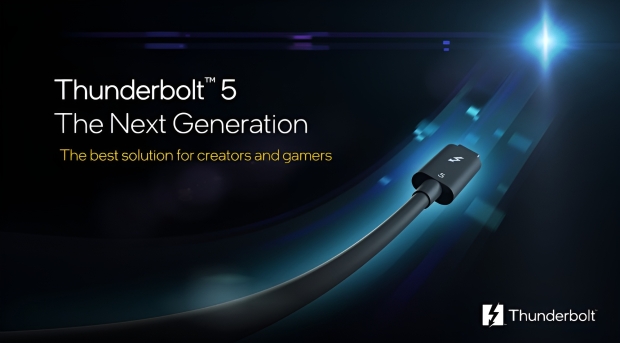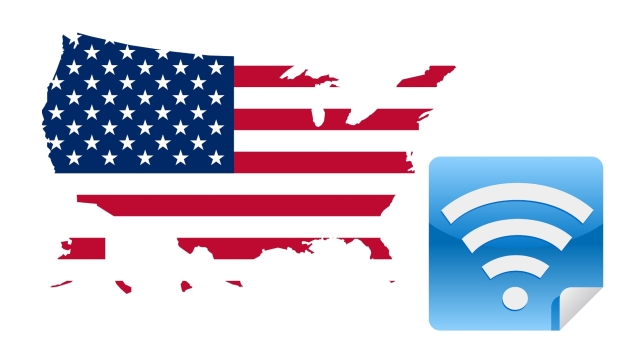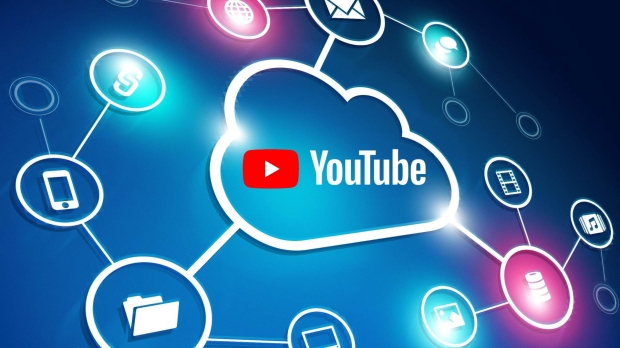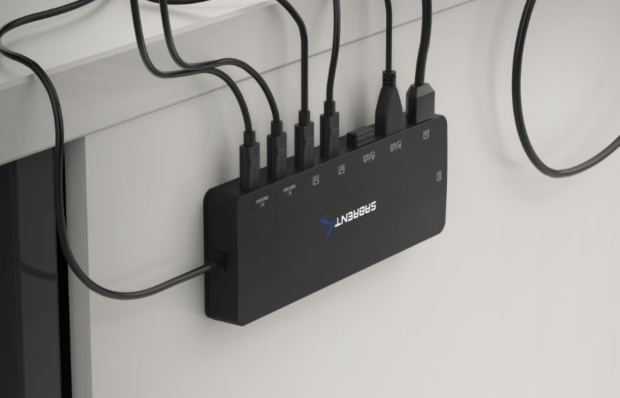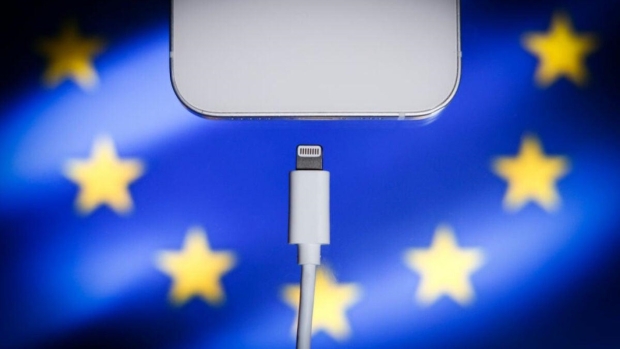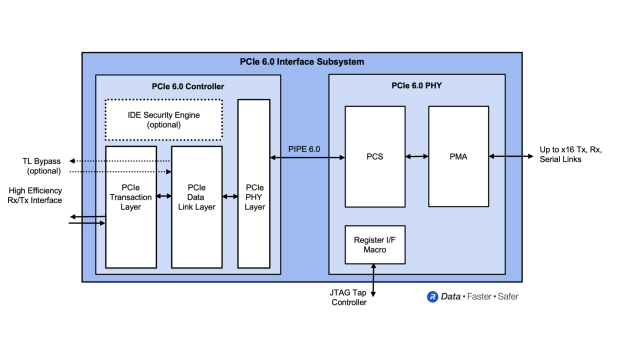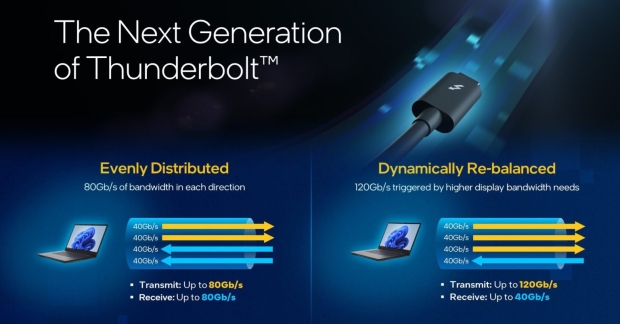Connectivity, Communications & Cloud News - Page 2
Intel reveals Thunderbolt 5 standard: 240W charging, 540Hz, 120Gbps, 3x 4K displays at 144Hz
Intel has officially announced the capabilities of the Thunderbolt 5 standard that comes with massive upgrades. For example, 120 Gbps bandwidth, 240W charging, and many other impressive performance leaps.
The company took to its website to share a press release that reveals what we can expect out of Thunderbolt 5, and according to Intel, "deliver significant improvements in connectivity speed and bandwidth benefits". Jason Ziller, the general manager of the Client Connectivity Division at Intel, said that Thunderbolt 5 will be aimed at providing high-speed connectivity to demanding users looking to take advantage of monitors, docks, storage options, and more.
The next-generation connectivity standard will deliver 80 gigabits per second (Gbps) of bi-directional bandwidth, with the Bandwidth Boost technology pushing its capabilities up to 120 Gbps. This jump in bandwidth is three times the currently most powerful connectivity solution. For comparison, Thunderbolt 3/4 is capped at 40 Gbps, which may not be enough for creators running multiple high-resolution monitors. However, with the extra headroom in Thunderbolt 5 (120 Gbps), users will be able to connect multiple 8K displays.
US government to spend $42 billion to make high-speed broadband universal by 2030
Some good news for those living in a broadband dead zone as the US government has announced that it's planning to spend $42 billion across the country's 50 states and territories "to make access to high-speed broadband universal by 2030."
As for areas that will be getting an upgrade, the announcement from the White House notes that it will use the new Federal Communications Commission coverage map detailing gaps in access to broadband. Two of the biggest state in the US, Texas, and California, will receive the most funding - USD 3.1 billion and USD 1.9 billion, respectively.
"It's the biggest investment in high-speed internet ever," President Joe Biden said in a White House address. "Because for today's economy to work for everyone, internet access is just as important as electricity, or water, or other basic services."
YouTube hack lets you store data in videos for unlimited cloud storage
We're now well and truly in the age of cloud storage for backing up files and having readily available access to things like photos and important documents. With that, several gigabytes of cloud data are becoming the norm for most PC users. Microsoft's OneDrive, Dropbox, and Google Drive are big players in this space, though access to cloud storage comes at a price.
But what if you could upload unlimited amounts of compressed and encrypted data and have it accessible on... YouTube? That's precisely what DvorakDwarf has managed to create as part of a "party trick" project called 'Infinite Storage Glitch' (via GitHub) which stores data in video files that can be uploaded to YouTube. An example can be seen above.
Naturally, it's a lot more complicated than that, as the current tool features code written in Rust, which converts data into pixels which are then represented as video. Originally it was going to use the full RGB spectrum, but due to YouTube compression, a binary mode (chunky black and white pixels representing ones and zeroes) was added for more reliable results. Plus, it's limited to Linux.
Continue reading: YouTube hack lets you store data in videos for unlimited cloud storage (full post)
Sabrent reveals USB Type-C Dual KVM Switch with Power Delivery (USB-CKDH)
The folks at Sabrent truly don't sleep, with their latest product reveal being a new KVM switch that might look simple, but it packs the usual rocket-style punch from the company... introducing the new USB Type-C Dual KVM Switch with Power Delivery (USB-CKDH).
Sabrent's new USB Type-C Dual KVM Switch with Power Delivery (USB-CKDH) lets users share a mouse, keyboard, and even dual displays through the USB Type-C Dual KVM Switch with Power Delivery (USB-CKDH) with up to 4K 60Hz through mirror or extended display modes. You can even dock it easily to charge up your USB-C devices at up to 60W through USB Power Delivery (USB-PD).
There are even some LED indicators for power, input, and power statuses so you can keep an eye on what's going on while there's control at your fingertips with a single switch at the end of a flexible, one-meter tether. Sabrent has included not one but two one-meter USB Type-C to Type-C cables, too.
European Council: all electronic devices need USB-C charging by 2024
The European Council has pushed ahead with its "common charger directive" that now only requires formal signatures by the presidents of the EU and EC, mandating that all small chargeable electronics will use USB-C charging ports in the future.
USB-C charging on future electronic devices has been officially approved by the European Council, with the President of the European Parliament and the President of the European Council needing to provide their signatures, with the European Parliament passing the common charger directive with a vote of 602-13.
What does this mean? It means that electronic manufacturers will have to design their devices with USB-C charging by the fall of 2024, and this includes Apple and its future-gen iPhones that will be sold across Europe. Bigger devices like laptops, will see makers having a little while longer to comply with the EC's new directive: they've got until 2026 to have all laptops with a USB-C charging port.
Continue reading: European Council: all electronic devices need USB-C charging by 2024 (full post)
Rambus announces next-gen PCIe 6.0 interface for data centers, AI systems
Rambus has just announced the availability of its next-gen PCIe 6.0 Interface Subsystem that packs PHY and controller IP, with the latest version of the Compute Express Link (CXL) specification version 3.0 also supported.
The new Rambus PCIe 6.0 Interface Subsystem features up to 64 GT/s ready to drive next-gen data centers and AI systems, with Rambus saying its new PCIe 6.0 Interface Subsystem is fully optimized to meet the needs of advanced heterogenous computing architectures.
There's a PCIe controller that has an Integrity and Data Encryption (IDE) engine that is dedicated to protecting the PCIe links and the valuable data transferred over them.
Intel's next-gen Thunderbolt: based on USB4 v2 + DisplayPort 2.1 specs
It must be the month for connectivity and cable upgrades with USB4 v2 specifications announced yesterday, while the day before we had DisplayPort 2.1 and its beefed-up specs teased, and today we have Intel with a tease of the next generation of Thunderbolt connectivity.
Intel's next-gen Thunderbolt connectivity was aligned to the USB Implementer's Forum's (USB-IF) release of the new USB4 v2 specifications, with the next-gen Thunderbolt driving up to 80Gbps of bi-directional bandwidth, which will unleash up to 120Gbps for totally next-gen display and connectivity experiences.
Thunderbolt 4 currently pumps out up to 40Gbps of bandwidth, so the drive up to 80Gbps is a doubling in bandwidth, while the huge 120Gbps of bandwidth is 3x what Thunderbolt 4 is capable of today. Intel's new Thunderbolt standard will also support the just-released DisplayPort 2.1 specification and is backward compatible with previous versions of Thunderbolt, USB, and DisplayPort.
Continue reading: Intel's next-gen Thunderbolt: based on USB4 v2 + DisplayPort 2.1 specs (full post)
USB4 specs upgraded: 80Gbps can handle 4K 240Hz, 10K 60Hz displays
The USB-IF has announced the very latest (and super-fast) USB4 Version 2.0 standard, which is a major update to the USB standard that unleashes a huge 80Gbps of performance over USB-C connectivity.
USB-IF (the USB Implementer's Forum) announced the news today, doubling the maximum aggregate bandwidth of USB4 from 40Gbps to a huge 80Gbps, which will drive future-gen displays, high-performance storage and docks, and everything in between. The USB Type-C and USB Power Delivery (USB PD) specifications have also been updated, now unleashed to up to 80Gbps of performance.
The branding will be changing, with USB 80Gbps solutions featuring a new packaging logo that makes it easier for consumers -- unlike the HDMI standard, which can be confusing AF -- with USB 80Gbps products being fully backwards compatible with all previous versions of USB.
Continue reading: USB4 specs upgraded: 80Gbps can handle 4K 240Hz, 10K 60Hz displays (full post)
Survey: Almost 4 in 10 houses now have at least one smart home device
Consumers continue to purchase connected products, and 38% of households now have at least one smart home device, according to a consumer survey from Parks Associates. That number is a small 2% bump year-over-year, with other analysts specifically interested in how smart home security and home energy can be enhanced using Internet-connected devices.
Almost 30 percent of consumers have purchased a smart home device in the past year, while 44 percent of US households plan to purchase at least one smart home device in the next year. It shouldn't be a surprise that even more consumers are thinking about purchasing a connected device, with even more devices being added to the marketplace. In addition, mobile support to control these devices also has continually improved, and should continue to do so in the future.
As noted by Chris White, research director at Parks Associates: "There is so much to talk about. All channels that develop and deliver smart home products have seen new demand, with rising consumer expectations and new opportunities to deliver an integrated connected experience in the home. We are excited to bring industry leaders together to talk about the advancements in the connected home."
Continue reading: Survey: Almost 4 in 10 houses now have at least one smart home device (full post)
Royal Caribbean installing SpaceX Starlink onto its cruise ships
Royal Caribbean has announced that it is installing SpaceX Starlink internet services to its fleet of ships, where it is the first in the cruise industry to have SpaceX's high-speed, low-latency connections for guests on their ships.
The company will be adding Starlink terminals to its ships immediately, where it will be leveraging the insights the company obtained from its trial on board the Freedom of the Seas which "received tremendous positive feedback from guests and crew". The Royal Caribbean Group expects that the installation of Starlink SpaceX hardware will be completed by the end of Q1 2023: or March 31, 2023.
Anyone who has been on a cruise ship will know that internet access is usually absolutely garbage, and expensive. SpaceX Starlink internet connectivity out at sea, with great low latency and connection speeds... well, that would definitely make the cruise experience better. I've been on a couple of cruises myself and would've loved the access to something like Starlink out at sea.
Continue reading: Royal Caribbean installing SpaceX Starlink onto its cruise ships (full post)


